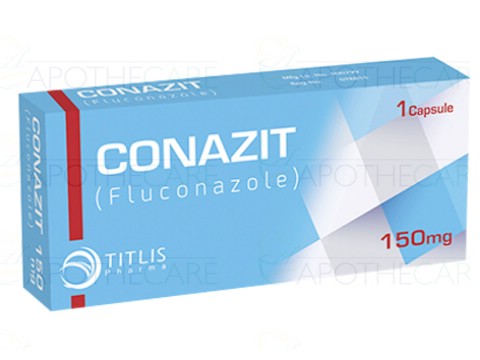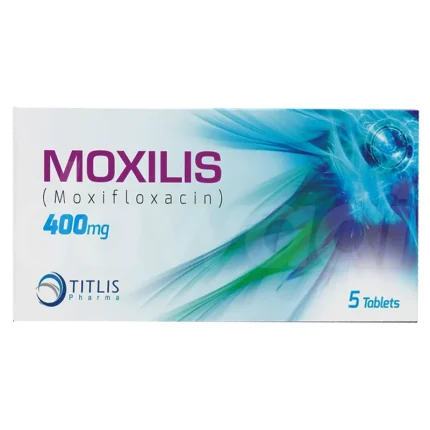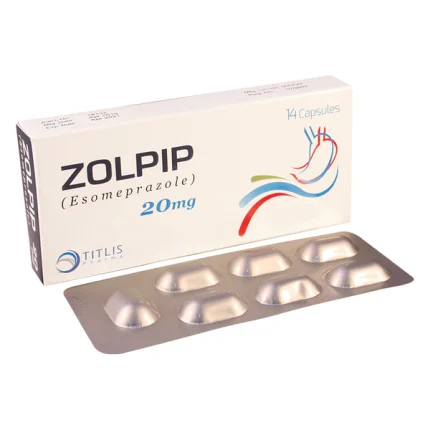Here’s a detailed description of **CONAZIT 150MG CAP (Fluconazole)**:
1. **What it is:** A prescription antifungal medication.
* **Generic Name:** Fluconazole
* **Brand Name:** CONAZIT (One of many brand names; Diflucan is a well-known original brand)
* **Drug Class:** Triazole Antifungal
* **Dosage Form:** Capsule
* **Strength:** 150 mg per capsule
2. **Mechanism of Action (How it works):** Fluconazole kills fungi (fungicidal) or stops their growth (fungistatic) by inhibiting the fungal enzyme **lanosterol 14α-demethylase**. This disrupts the synthesis of ergosterol, an essential component of the fungal cell membrane. Without ergosterol, the membrane becomes leaky and dysfunctional.
3. **Indications (What it’s used for):** Treatment and prevention of various fungal infections caused by susceptible strains of *Candida* and *Cryptococcus*:
* **Vaginal Candidiasis (Vaginal Yeast Infection):** The **150mg single dose capsule is MOST COMMONLY used for uncomplicated vaginal yeast infections.** Often prescribed as a one-time dose.
* **Oropharyngeal Candidiasis (Thrush):** Fungal infection in the mouth and throat.
* **Esophageal Candidiasis:** Fungal infection in the esophagus (often requires higher doses/longer duration).
* **Systemic Candida Infections:** Including candidemia, disseminated candidiasis, and infections in the peritoneum, urinary tract, etc. (requires higher doses/longer duration, often IV initially).
* **Cryptococcal Meningitis:** A serious fungal infection of the brain and spinal cord membranes (requires high-dose induction therapy, often IV, followed by long-term maintenance therapy).
* **Prevention of Candida Infections:** In patients undergoing bone marrow transplants or receiving intensive chemotherapy who are at high risk.
4. **Dosage & Administration (General – ALWAYS follow doctor’s instructions):**
* **Vaginal Candidiasis (Uncomplicated):** **Typically ONE single 150mg capsule taken orally.**
* **Oropharyngeal Candidiasis (Thrush):** Usually 200mg on day 1, then 100mg once daily for at least 2 weeks.
* **Esophageal Candidiasis:** Usually 200mg on day 1, then 100mg once daily. Minimum treatment is 3 weeks, continued for at least 2 weeks after symptoms resolve.
* **Systemic Candida/Cryptococcal Infections:** Doses vary significantly (often 400mg-800mg/day initially) and duration is prolonged (weeks to months). Requires careful medical management.
* **Route:** Oral (by mouth).
* **Timing:** Can be taken with or without food.
* **Hydration:** Maintain adequate fluid intake.
5. **Key Warnings & Precautions:**
* **Hepatotoxicity (Liver Damage):** Can cause liver injury, ranging from mild enzyme elevations to hepatitis, liver failure, and death. Risk is higher with higher doses/longer duration or pre-existing liver disease. Monitor liver function tests.
* **QT Prolongation & Torsades de Pointes:** Fluconazole can prolong the QT interval on ECG, increasing the risk of a dangerous heart rhythm. Risk is higher at doses ≥400mg/day, with underlying heart conditions, electrolyte imbalances (low K+/Mg++), or use with other QT-prolonging drugs. **A US Boxed Warning exists for QT prolongation at higher doses.**
* **Adrenal Insufficiency:** Cases reported, especially with prolonged therapy. Monitor for symptoms (fatigue, weakness, nausea, hypotension).
* **Exfoliative Skin Disorders:** Severe skin reactions (e.g., Stevens-Johnson Syndrome, toxic epidermal necrolysis) have been reported. Discontinue at first sign of rash.
* **Drug Interactions:** Fluconazole is a **potent inhibitor of CYP2C9 and CYP3A4**, and a moderate inhibitor of CYP2C19. This leads to **NUMEROUS and SIGNIFICANT interactions** (see below). **Extreme caution is needed.**
6. **Common Side Effects:**
* Headache
* Nausea, vomiting, abdominal pain, diarrhea
* Rash
* Dizziness
* Taste disturbance
* Elevated liver enzymes (asymptomatic)
7. **Contraindications (When it MUST NOT be used):**
* Known hypersensitivity to fluconazole, other azole antifungals, or any component.
* **Coadministration with drugs that are highly dependent on CYP3A4 for clearance and which can cause QT prolongation/Torsades de Pointes:**
* **Cisapride** (absolute contraindication)
* **Erythromycin** (significant interaction risk)
* **Pimozide** (significant interaction risk)
* **Quinidine** (significant interaction risk)
* **Coadministration with Terfenadine** (at doses ≥400mg/day).
8. **Important Drug Interactions (Partial List – Inform doctor of ALL medications):** Due to CYP enzyme inhibition, fluconazole significantly increases levels of:
* **Statins:** Especially simvastatin, lovastatin, atorvastatin (high risk of muscle toxicity/rhabdomyolysis). Pravastatin/fluvastatin less affected.
* **Warfarin:** Markedly increases INR/bleeding risk (monitor INR closely).
* **Sulfonylureas (e.g., glipizide, glyburide):** Increases hypoglycemia risk.
* **Phenytoin:** Increases phenytoin levels/toxicity (monitor levels).
* **Cyclosporine, Tacrolimus, Sirolimus:** Increases levels/toxicity (monitor levels).
* **Benzodiazepines:** Especially midazolam, triazolam (increases sedation/duration).
* **Rifabutin:** Increases rifabutin levels/toxicity (e.g., uveitis).
* **Theophylline:** Increases levels/toxicity.
* **Methadone:** May increase levels/prolong QT.
* **NSAIDs (e.g., celecoxib):** May increase levels/toxicity.
* **Certain Calcium Channel Blockers (e.g., amlodipine, felodipine):** Increases levels/hypotension risk.
* **HIV Protease Inhibitors & NNRTIs:** Complex interactions (e.g., increases saquinavir levels; variable effects on others).
* **Oral Contraceptives:** Potential for decreased efficacy (limited evidence, but caution advised).
9. **Use in Specific Populations:**
* **Pregnancy (Category D):** Avoid in pregnancy, especially 1st trimester, due to potential fetal harm (multiple congenital abnormalities reported). Use only for severe/life-threatening fungal infections if benefit outweighs risk.
* **Breastfeeding:** Fluconazole is excreted in breast milk. Use with caution; consider risks/benefits.
* **Renal Impairment:** Dose adjustment required (creatinine clearance <50 mL/min). Standard 150mg dose for vaginal candidiasis usually doesn’t require adjustment, but higher doses do.
* **Hepatic Impairment:** Use with caution; monitor liver function closely.
10. **Storage:** Store below 30°C (86°F) in a dry place, protected from light.
11. **Missed Dose:** Take it as soon as you remember. If it’s almost time for the next dose, skip the missed dose and take the next one at the regular time. **Do not double the dose.**
**In Summary:** CONAZIT 150MG CAP is fluconazole, an antifungal medication. Its **most common use is as a single 150mg oral dose for uncomplicated vaginal yeast infections.** It is also used for other fungal infections (thrush, esophageal, systemic, cryptococcal), requiring different dosing regimens. **It carries significant warnings for liver toxicity, QT prolongation (especially at higher doses), adrenal insufficiency, and severe skin reactions.** Critically, it has **numerous and potentially dangerous drug interactions** due to its strong inhibition of liver enzymes (CYP2C9, CYP3A4). Always disclose all medications to your doctor/pharmacist before taking it. **Use exactly as prescribed.**






Reviews
There are no reviews yet.